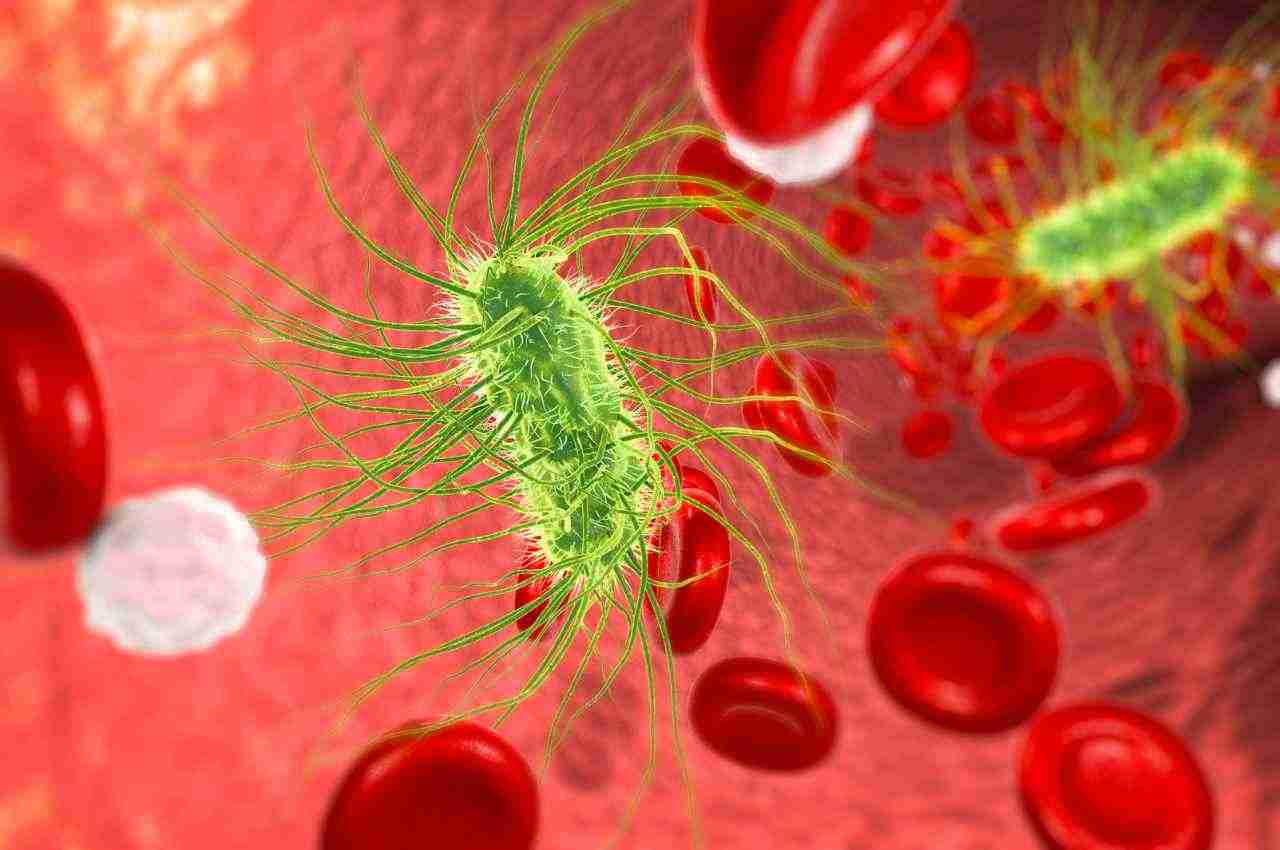The global health scare hasn’t ended; the new threat now is represented by antibiotic resistance.
In particular, from strains of Escherichia Coli, which do not respond to the attack of antibiotics. The ECDC (European Center for Diseases Control and Prevention) raises the alarm and projections for the near future are not reassuring.
I report numberssometimes, they really can be merciless: put in front of the harsh reality and that’s all that remains examine themper find the solution and guess what will happen in the immediate future.
That’s what he did tooEuropean Center for Diseases Control and Preventionthat has compiled a report with disturbing prospects: cases of infection without the possibility of a cure with current antibiotics would be destined to grow dramatically, even in Europe.
Escherichia Coli is a new threat, here’s what could happen soon
Il The phenomenon of antibiotic resistance has been known for yearsand scientists have always feared that it could trigger serious public health problemswith related costs for health facilities.
Focusing in particular on one of the bacteria involved in this phenomenon, Escherichia Coli, we report what emerges from the latest report published by the ECDC. It seems that cases of infection with E. coli bacteria are on the rise”carriers of the blaNDM-5 gene“; it is about strains that are resistant to carbapenemsthat type of antibiotics that were used only in extremisi.e. if the others didn’t work.
The data analysis confirms “for Italy 6 isolated cases in 2017-2018; 403 in France between 2019 and 2022); 158 in the Netherlands between 2012 and 2022“.
YesThe European area, therefore, so far carbapenem resistance in E. coli had been very low; but the new study that identified the strains carrying the blaNDM-5 gene asserts that these are also resistant “to other groups of antibiotics, such as aminoglycosides, fluoroquinolones, and trimethoprim-sulfamethoxazole“. So, it becomes increasingly difficult to treat people who have become infected.
It should also be said that according to the data of a ten-year relationship, “almost 85% of isolated cases with available travel and/or hospitalization information were related to countries outside the EU/EEA, mainly in Africa and Asia“.
The alarm, however, concerns the fact that it is through the movement of people either through i hospital casesi resistant strains could grow out of proportioncausing huge health damage to the population and consequent costs for health facilities.
Until now more than 35,000 deaths per year are estimated due to antibiotic resistance and this phenomenon, if not adequately contrasted, will have a greater impact than influenza pandemics, tuberculosis and AIDS combined.
Are there vaccines against resistant bacteria?
In recent times, research has been moving towards the production of vaccines against even the most resistant bacteria. Let’s talk about studies in progress, and already at an advanced stageof mRNA vaccines that should defeat Klebsiella pneumoniae, Staphylococcus aureus, Clostridium difficile and even the plague.
